Tesla has built a serious reputation for delivering vehicles that just don't follow the rules set by traditional automakers. Want a sleek-looking high-performance EV with room for five that can travel nearly 300 miles on a charge? Only Tesla makes such a vehicle—the Model S. Oh, and by the way Tesla has versions of the car that can hit 60 mph in 3 seconds or less. It's a really an excellent sports sedan that just happens to be electric. The only drawback? It's pricey. The most potent models can easily exceed the six-figure threshold.
Tesla fans have been eagerly anticipating a more affordable model—the Model 3. In fact, its estimated that Tesla has more than 400,000 preorders for the new sedan.
Why We Want It:
The idea of a $35,000 Tesla is intoxicating. Elon musk has said the Model 3, the first of which will arrive late this year (barring any delays) will have a range of more than 215 miles between charge-ups and hit 60 mph in around six seconds. The Model 3 prototype unveiled last spring was slick-looking with room for four, and a massive 15-inch iPad-like screen on the inside replacing all the typical gauges. The future of Tesla is riding on this more affordable sedan. The company needs to draw more customers into the brand in big numbers. If Tesla can deliver this car on time and exceed expectations of its potential owners, the Model 3 could be the most successful vehicle Tesla has ever produced.
The Land Rover Defender was a direct descendant of the 1948 Land Rover Series I, England's version of the Jeep CJ. Although the Series I, II, and III and later Defender models were used around the world, we haven't had one on our shores for 20 years. Land Rover couldn't adapt the rugged, bare bones Defender to meet modern U.S. safety regulations so it had to go. Since its departure, the prices of Defender models, which were sold in the U.S. from 1993-1997, have swelled to six figures and beyond.
So, it's clear, the honest capability of the Defender resonates with today's truck enthusiast. And lucky for us, Land Rover will bring an all-new Defender to our shores in 2018.
Why We Want It:
The new Defender is likely to borrow some classic styling cues from past models but bring the design forward, too, and it will almost certainly look tougher than the weak-kneed DC 100 Concept from 2011 (pictured above). Under that skin will be the same chassis architecture used by the Range Rover, Range Rover Sport, and new Discovery. That means that unlike the Jeep Wrangler, the new Defender won't have solid axles at each end. But hey, this is Land Rover so it should still be very capable.
Land Rover has said it will contain new parts, unrelated to its platform mates to improve capability. Regardless, the new Defender will almost certainly ride and handle far better on paved roads than any that has come before. So, it might end up being the best of all worlds.
Then Dodge launched the Challenger Hellcat with an eye-watering 707 hp and an 11.7 second run down the ¼ mile, according to our friends at Car and Driver who tested one back in 2015. But that wasn't quite good enough for Dodge. Next year, they will launch the Demon—an even more powerful Challenger designed expressly to drive straight to the drag strip and dominate.
Why We Want It:
Under the Demon's hood is a reported 800 hp version of the Hellcat's V8. That's astonishing. Dodge has also said that the Demon is over 200 pounds lighter than the normal Hellcat. The spy photos of the Demon show it has a wider track and big flares covering those extra-sticky drag radial tires. So, with more power, less weight, and plenty of grip, the Demon should be one of the quickest production cars to run the ¼-mile regardless of price. We'll know more hard facts when the Demon is officially unveiled in April at the New York Auto Show.
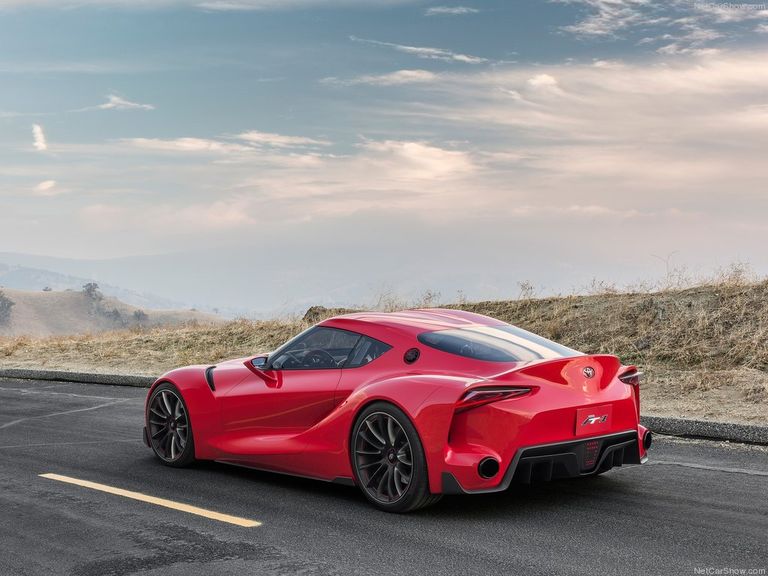
The Supra was Toyota's top performance car from the late 1970s until 1998. The Supra was originally a more powerful and more luxurious version of the Celica coupe. But by the second generation, the Supra finally stood alone as a separate model and gained the option of a turbo. But it was the third-generation that gave the Supra its high-performance image. The twin-turbo model launched in 1996 made Corvette power (320 hp) and became the stuff of dreams for an entire generation of import car fans. The durable inline-six-cylinder engine could be modified to safely handle hundreds of extra horsepower, and the Supra became a sensation starring in 2001's The Fast and the Furious. In two short years—the Supra will return.
Why We Want It:
This time, instead of developing this all-new sports car on their own, Toyota will partner with BMW and share parts with the upcoming BMW Z5. This is good news because BMW certainly has the expertise to build a fun-driving sports machine. Many are predicting that under the Supra's hood will be a choice of either a potent twin-turbo V6 or some type of hybrid powertrain. And many, including enthusiast websites, think the new car should carry forward some design themes presented in the radical FT-1 Concept (pictured above). It's been years since Toyota fans have had a real high-performance sports car, and this Supra should be as good to look at is it is to drive.
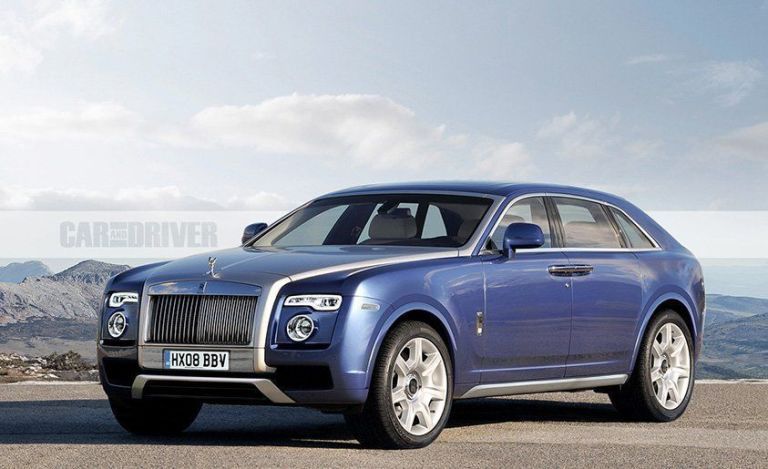
Big, luxurious SUVs are dominating traffic in car dealerships these days. The Range Rover really started the high-end luxury SUV trend in the U.S. back in the later 1980s and had no competition for many years. But today just about every upscale brand has a vehicle to fit the needs of buyers looking for a roomy, high-riding machine. Rolls Royce, BMW's ultra-luxury arm, has so far stuck to cars. And that was the case with the company's archrival Bentley, too. But now Bentley has the 600 hp Bentayga SUV. Rolls Royce will answer with an SUV of their own in 2019, the Cullinan, and you can bet it will pamper with even more upscale features and perhaps even more power than the Bentley.
Why We Want It:
Reports suggest that the Cullinan will ride on an all-new platform specified expressly for Rolls Royce products. Translation? No need to compromise on the specs to appease less expensive BMWs. Prototypes of the massive machine appear to be enormous, perhaps larger than any luxury SUV this side of a Cadillac Escalade. And we can only guess the Cullinan will offer V12 power under that table-top hood. If the SUV sales trend continues for Rolls Royce, the Cullinan will not only become wildly popular in wealthy enclaves, but it will be the company's best seller.
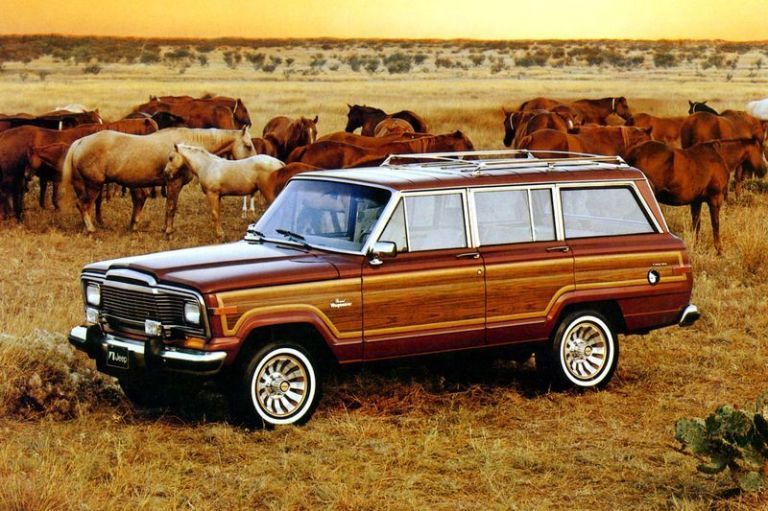
The original Jeep Wagoneer, one of the very first SUVs, launched way back in 1963. Its lines were penned by legendary industrial designer Brooks Stevens and lasted almost 30 years. In the 1980s, its name became Grand Wagoneer and nearly every one was fitted with wide woodgrain paneling and trimmed in soft leather. It was an American luxury SUV whose only true competitor was the Range Rover. The last Wagoneer rolled off the assembly line in 1991, but today they are cherished amongst fans and command serious money in good condition. Since SUVs (both modern and old school) are booming in popularity Jeep decided the time was right for a remake. So, a new Grand Wagoneer is planned to hit dealerships right around 2019 (though delays have been reported).
Why We Want It:
Judging by the size of the current Grand Cherokee, in order for Jeep to have an even larger, more capable SUV, the company would need to move to a body-on-frame chassis or seriously alter the next-generation Grand Cherokee platform. If Jeep goes the more capable route, it means borrowing a chassis from Ram. As a bonus, both the 1500 and 2500 series Ram pickups already use a comfortable-riding coil sprung rear suspension—perfect for an SUV.
A Ram 1500 pickup-based Grand Wagoneer would hypothetically have the size and luxury to challenge a Cadillac Escalade but mixed with Jeep off-road capability. No vehicle made by an American manufacturer meets those needs. The company's efficient Ecodiesel V6 would make an excellent power plant. We'll take one in Hunter Green with woodgrain paneling, please.
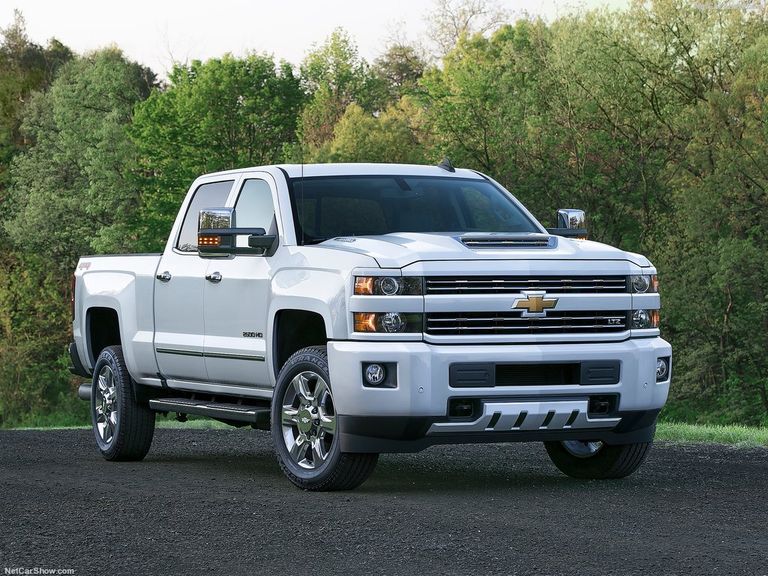
The future is incredibly exciting for Chevrolet fans that like to go fast, with (finally) a mid-engine Corvette on the horizon. But the vehicle platform that makes the most money for the brand rides underneath the body of a pickup truck. The last major redesign of the light-duty fullsize Silverado pickup was back in 2014. However, much of that vehicles frame and suspension date back the 2007 model year. After a more than decade, it's time for GM to up its game. The next all-new Silverado is due to hit showroom for 2019.
Why We Want It:
Ford may be married to small turbo engines and aluminum, but GM is still making its trucks from steel and loading V8s into their noses. We suspect that the next Silverado (the one pictured above is the 2017 2500hd) will have quite a few body panels formed from stamped aluminum but the beds will remain steel. And though there might be a more economical small-displacement engine with a smaller cylinder count and turbo-charging, the majority of the trucks leaving the factory will likely use V8 power, and the next-gen small-block V8s should deliver class-leading power and torque. Since those engines will be linked to the new 10-speed automatic GM has developed with Ford—these trucks should be quicker and more efficient, too.
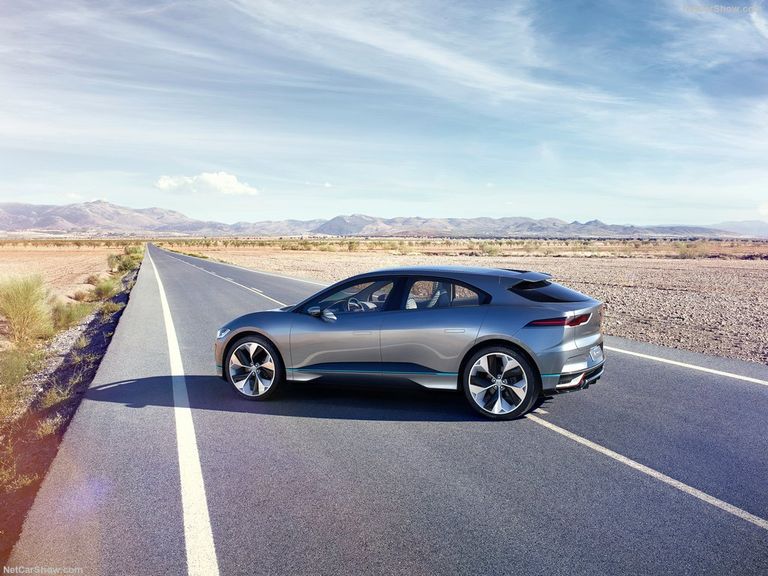
Seven years ago, Jaguar unveiled a plug-in hybrid concept supercar—the C-X75—and it was gorgeous. But as is the case with many concepts, the company decided not to build this slinky two-seater. In fact, Jaguar has yet to offer a hybrid or electric anything, and that means it's well behind other European competitors, like Mercedes-Benz and BMW.
That's about to change. Jaguar could skip right over hybrids and go for full electrification. Last year, Jaguar took the wraps off the I-Pace Concept electric vehicle at the LA Auto Show and immediately said it would be on the road in 2018.
Why We Want It
The I-Pace concept was a real stunner, and Jaguar has an excellent reputation translating the lines of concept vehicles directly to production without messing up the shape. The production I-Pace will use an all-new electric vehicle architecture suitable for sedans, crossovers, and perhaps even a sports car. The concept rides on a wheelbase several inches longer than the F-Pace (Jaguar's current crossover) and is slightly narrower. The I-Pace concept uses a big 90 kWh battery which Jag says will deliver more than 220 miles on a charge—and hit 60 mph in around 4 seconds. Sounds good to us.
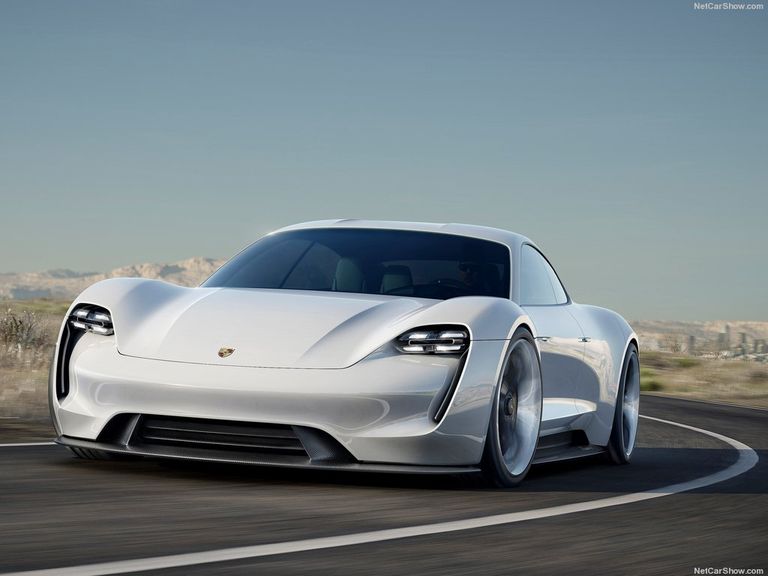
The specs and shape of today's Porsche 911 harken back to some the brands earliest models. But the very first Porsche wasn't powered by a flat-six-cylinder engine or an engine at all. The very first Porsche, built in 1898, was also electric.
More recently (okay…way more recently) Porsche has embraced the technology once again and brought to market a plug-in electric hybrid version of its Panamera sedan, Cayenne SUV, and created a stunningly quick supercar, the 918 Spyder. However, each one of those still carried along an internal combustion engine. But Porsche has confirmed that an all-electric model based on the 2015 Mission E (pictured above), will soon reach production.
Why We Want It:
The production version of the Mission E will be extreme. After all it has to be in order to compete with Tesla who already have a model that can reach 60 mph in less than 3 seconds. Porsche says the production four-door EV will produce around 600 hp and have a range of 300 miles. The company says the car's 800-volt charger will be able to charge the lithium ion batteries within the car's floor to 80 percent capacity in just 15 minutes. That's so quick it would be a game changer in the EV space.
Also, if the production version of the Mission E looks anything like the concept introduced at the Frankfurt Motor Show back in 2015, it will become one of the most desirable models in the company's playbook.
Really! Everything that a opener it blog post was for my situation. A great deal enjoyed, bookmarked, As i can’t look ahead to alot more! East Grinstead Accountants
You finished a couple fine focuses there. I did an inquiry on the subject and discovered almost all persons will oblige with your online journal. backlinks